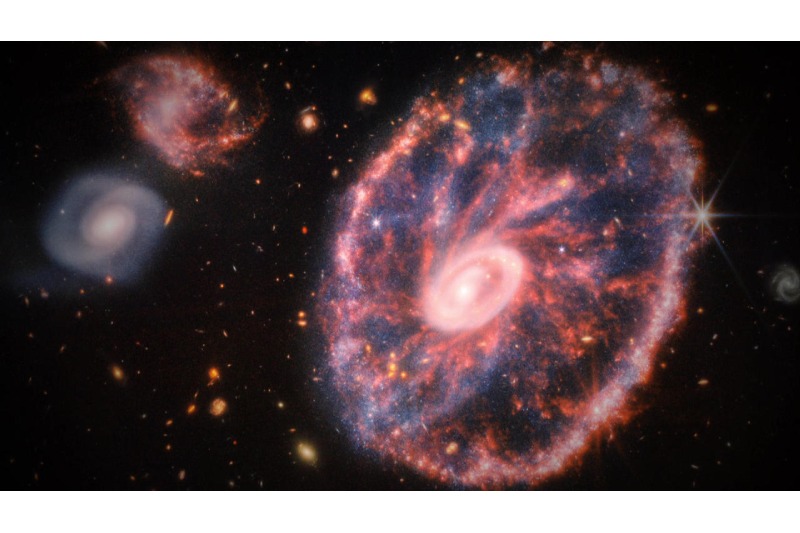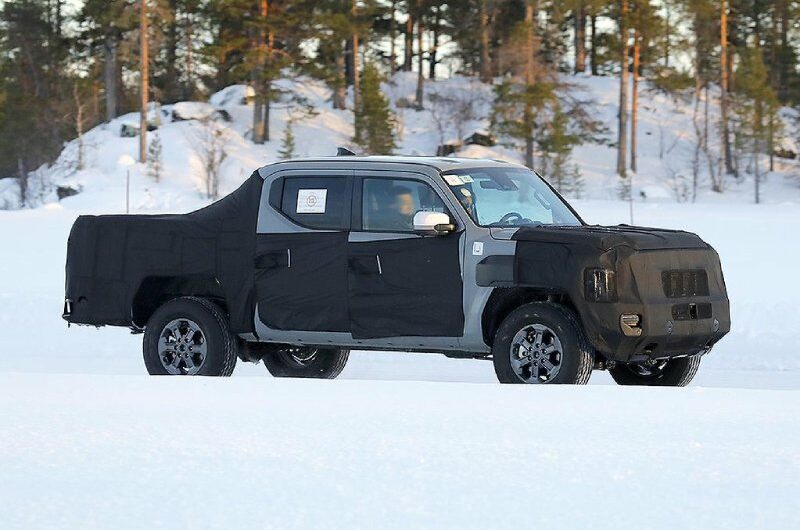NASA said on Wednesday that a group of astronomers using the James Webb Space Telescope had found essential components for creating possibly habitable worlds—and possibly a cocktail—around two newborn stars.
According to NASA, the chemical components found near the protostars, known as IRAS 2A and IRAS 23385, are connected to livable planets and everyday objects found on Earth, such as margaritas, vinegar, and ant stings.
Using Webb’s mid-infrared instrument, astronomers were able to identify ice molecules that contained ethanol, a chemical found in alcoholic beverages, and probably acetic acid, a component of vinegar. They also found sulfur dioxide, formaldehyde, methane, and formic acid, which is responsible for the burning sensation associated with ant strings.
Despite the fact that the compounds discovered are essential components for creating potentially habitable worlds, NASA observed that planets are not yet forming around the young stars. Because IRAS 2A is a low-mass protostar, which suggests it may resemble the early solar system, the space agency stated that it is particularly interesting. According to NASA, the compounds found near the newborn star may have also played a role in the early phases of the solar system’s formation.
“All of these molecules can become part of comets and asteroids and eventually new planetary systems when the icy material is transported inward to the planet-forming disk as the protostellar system evolves,” Ewine van Dishoeck of Leiden University, one of the coordinators of the science program, said in a NASA post.
Astronomers have detected ice compounds composed of intricate chemical molecules.
“This discovery addresses a persistent query in the field of astrochemistry,” stated Will Rocha, the team leader from Leiden University in the Netherlands. “What is the origin of complex organic molecules, or COMs, in space?”
Astronomers are “optimistic about improved understanding of the origins of other, even larger molecules in space,” according to NASA, after discovering COMs in the ice around the newborn stars.
Topics #NASA #Newborn Stars










